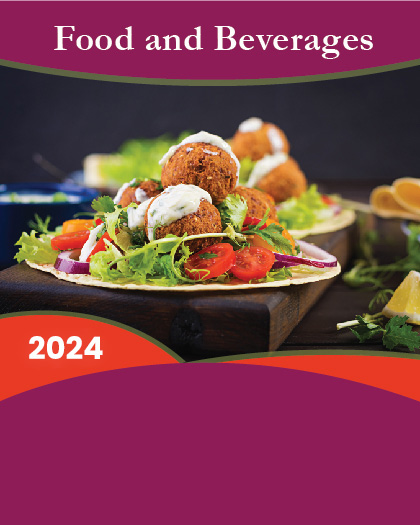
Food grade gases are additives, which play a significant role in the preservation and food packaging processes. These gases are majorly used to grind, freeze, and package a variety of products, which include dairy & bakery items, fish & seafood, beverages, poultry products, vegetables & fruits, and prepared meals. In addition, for maintaining the quality of food, the use of food grade gases has increased in the food industry. The major gas used in food processing applications is modified atmosphere packaging (MAP), which is used to preserve minimally processed food products such as meat, fish, vegetables, and fruits. In addition, MAP prevents the spoilage of food by inhibiting microbial growth, oxidation as well as preventing discoloration and moisture loss.
Consumers have a perception that frozen food products are low grade as compared to fresh food. However, this perception is rapidly changing, owing to introduction of improved freezing technologies, which help in preserving perishables without the addition of artificial flavoring agents and chemicals. For instance, the cold pressing or cryogenic technology using gases such as nitrogen or carbon dioxide has gained traction in the recent years. The process includes injecting liquid carbon dioxide or nitrogen to eliminate heat. Thus, increase in uses of food grade gases for freezing and increasing the shelf life of food products is a key factor that contributes toward the growth of the global food grade gases market. However, implementation of stringent government regulations toward the use of industrial gases restricts the growth of food grade gases market.
Furthermore, increase in demand for frozen food products in developed and developing countries, owing to increase in urbanization, rise in disposable income, and expansion of retail network boost the demand for food grade gases. In addition, the demand for food grade gases is witnessed to increase significantly, as they prevent food products from fungal and microbial contamination, thereby enhancing their shelf life, which is anticipated to augment the growth of the market.
The global food grade gases market is segmented into type, application, end user, and region. By type, the market is categorized into carbon dioxide, nitrogen, oxygen, and others. Depending on application, it is classified into freezing & chilling and packaging & carbonation. On the basis of end user, it is segregated into beverages, meat & seafood and packaged products. Region wise, it is analyzed across North America, Europe, Asia-Pacific, and LAMEA.
The key players operating in the global food grade gases market include Air Liquide SA, Air Products and Chemicals, Inc., Air Water Inc., Coregas Pty Ltd., Coregas Pty Ltd., Gulf Cyro, Linde Plc., SOL Group, Taiyo Nippon Sanso Corporation, The Massy Gas Products (Trinidad) Ltd., and The Messer Group GmbH.
KEY BENEFITS FOR STAKEHOLDERS
- This report provides a quantitative analysis of the current trends, estimations, and dynamics of the global food grade gases market from 2018 to 2026 to identify the prevailing market opportunities.
- The study provides the information related to key drivers, restraints, and opportunities.
- Porter's five forces analysis highlights the potency of buyers and suppliers to enable stakeholders make profit-oriented business decisions and strengthen their supplier-buyer network.
- In-depth analysis of the market segmentation assists to determine the prevailing market opportunities.
- Major countries in each region are mapped according to their revenue contribution to the global industry.
- Market player positioning facilitates benchmarking and provides a clear understanding of the present position of the market players.
- The report includes the analysis of the regional as well as global market trends, key players, market segments, application areas, and growth strategies.
KEY MARKET SEGMENTS
By Type
o Carbon Dioxide
o Nitrogen
o Others
By Application
o Freezing & Chilling
o Packaging & Carbonation
By End User
o Beverages
o Meat& Seafood
o Packaged Products
By Region
o North America
- U.S.
- Canada
- Mexico
o Europe
- UK
- Germany
- France
- Italy
- Spain
- Rest of Europe
o Asia-Pacific
- Japan
- China
- India
- ASEAN
- Rest of Asia-pacific
o LAMEA
- Latin America
- Middle East
- Africa
























